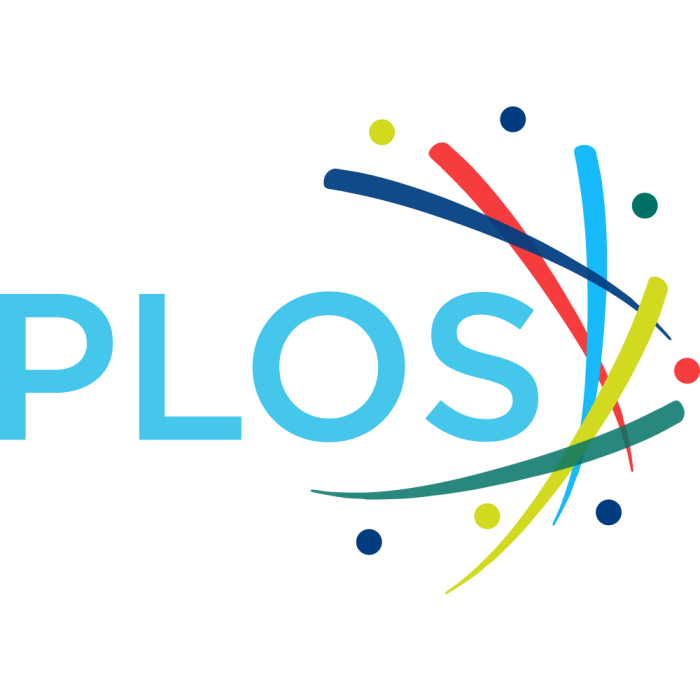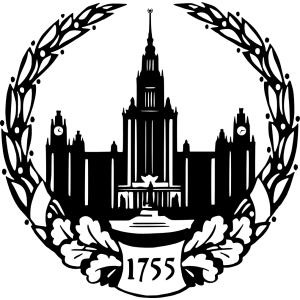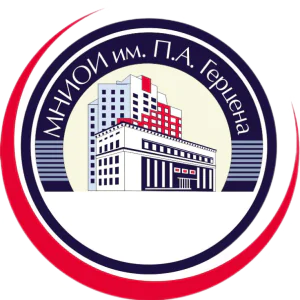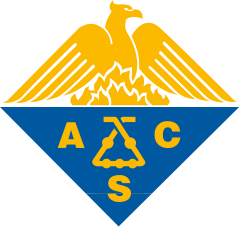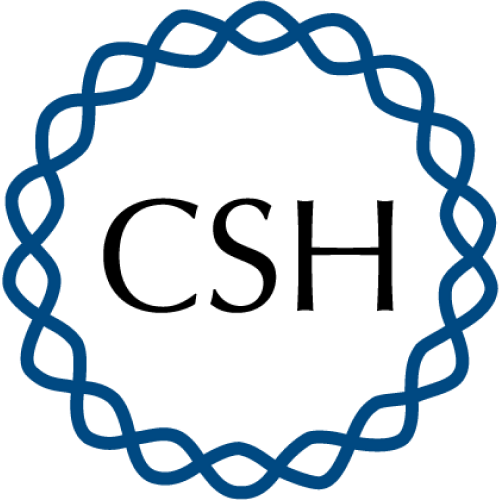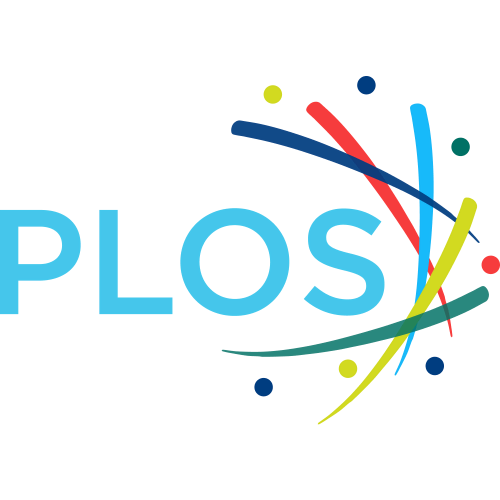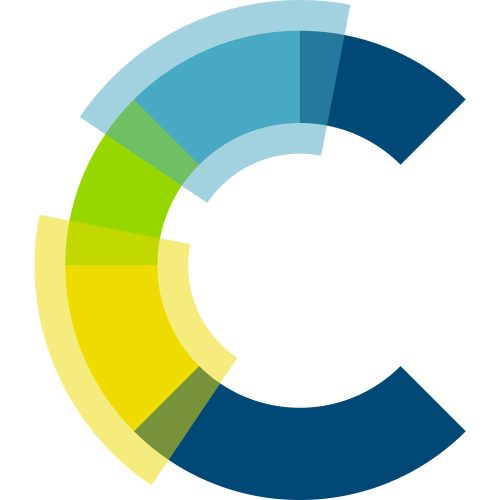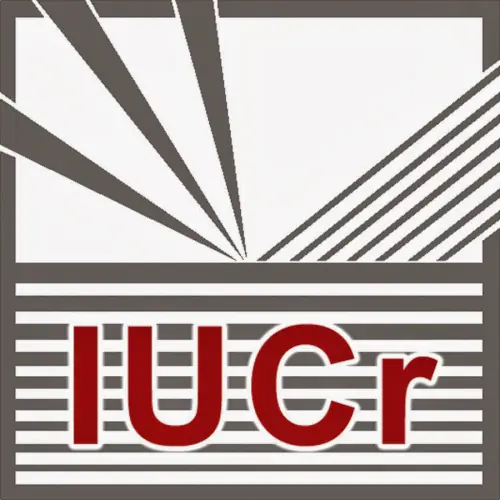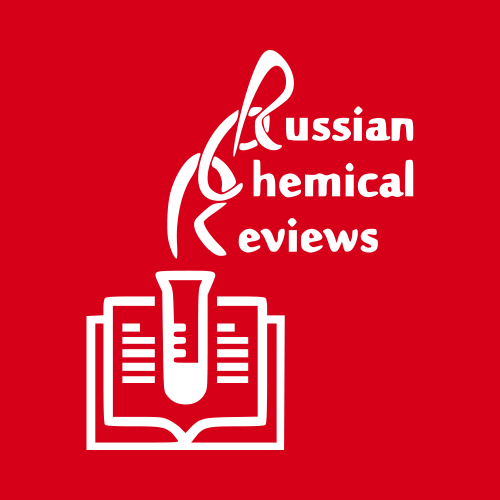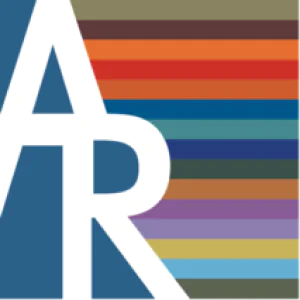Open Access


Inherent versus induced protein flexibility: Comparisons within and between apo and holo structures
Publication type: Journal Article
Publication date: 2019-01-30
scimago Q1
wos Q1
SJR: 1.503
CiteScore: 7.2
Impact factor: 3.6
ISSN: 1553734X, 15537358
PubMed ID:
30699115
Molecular Biology
Genetics
Computational Theory and Mathematics
Cellular and Molecular Neuroscience
Ecology, Evolution, Behavior and Systematics
Ecology
Modeling and Simulation
Abstract
Understanding how ligand binding influences protein flexibility is important, especially in rational drug design. Protein flexibility upon ligand binding is analyzed herein using 305 proteins with 2369 crystal structures with ligands (holo) and 1679 without (apo). Each protein has at least two apo and two holo structures for analysis. The inherent variation in structures with and without ligands is first established as a baseline. This baseline is then compared to the change in conformation in going from the apo to holo states to probe induced flexibility. The inherent backbone flexibility across the apo structures is roughly the same as the variation across holo structures. The induced backbone flexibility across apo-holo pairs is larger than that of the apo or holo states, but the increase in RMSD is less than 0.5 Å. Analysis of χ1 angles revealed a distinctly different pattern with significant influences seen for ligand binding on side-chain conformations in the binding site. Within the apo and holo states themselves, the variation of the χ1 angles is the same. However, the data combining both apo and holo states show significant displacements. Upon ligand binding, χ1 angles are frequently pushed to new orientations outside the range seen in the apo states. Influences on binding-site variation could not be easily attributed to features such as ligand size or x-ray structure resolution. By combining these findings, we find that most binding site flexibility is compatible with the common practice in flexible docking, where backbones are kept rigid and side chains are allowed some degree of flexibility.
Found
Nothing found, try to update filter.
Found
Nothing found, try to update filter.
Top-30
Journals
|
1
2
3
4
5
|
|
|
Journal of Chemical Information and Modeling
5 publications, 6.94%
|
|
|
Molecules
3 publications, 4.17%
|
|
|
Nature Communications
3 publications, 4.17%
|
|
|
bioRxiv
3 publications, 4.17%
|
|
|
Frontiers in Bioinformatics
2 publications, 2.78%
|
|
|
Scientific Reports
2 publications, 2.78%
|
|
|
Journal of Molecular Biology
2 publications, 2.78%
|
|
|
PLoS ONE
2 publications, 2.78%
|
|
|
Bioorganic Chemistry
2 publications, 2.78%
|
|
|
Journal of Biomolecular Structure and Dynamics
2 publications, 2.78%
|
|
|
International Journal of Molecular Sciences
2 publications, 2.78%
|
|
|
Current Topics in Medicinal Chemistry
1 publication, 1.39%
|
|
|
Pharmaceutics
1 publication, 1.39%
|
|
|
Informatics
1 publication, 1.39%
|
|
|
Frontiers in Molecular Biosciences
1 publication, 1.39%
|
|
|
Current Opinion in Structural Biology
1 publication, 1.39%
|
|
|
Trends in Biotechnology
1 publication, 1.39%
|
|
|
Journal of Inorganic Biochemistry
1 publication, 1.39%
|
|
|
Computers in Biology and Medicine
1 publication, 1.39%
|
|
|
Cell Chemical Biology
1 publication, 1.39%
|
|
|
Computational Biology and Chemistry
1 publication, 1.39%
|
|
|
Biotechnology Progress
1 publication, 1.39%
|
|
|
ACS Synthetic Biology
1 publication, 1.39%
|
|
|
Analytical Chemistry
1 publication, 1.39%
|
|
|
Physical Chemistry Chemical Physics
1 publication, 1.39%
|
|
|
Acta Crystallographica Section D: Structural Biology
1 publication, 1.39%
|
|
|
Expert Opinion on Drug Discovery
1 publication, 1.39%
|
|
|
Molecular Biology and Evolution
1 publication, 1.39%
|
|
|
Bioinformatics
1 publication, 1.39%
|
|
|
1
2
3
4
5
|
Publishers
|
2
4
6
8
10
12
14
16
|
|
|
Elsevier
15 publications, 20.83%
|
|
|
Springer Nature
10 publications, 13.89%
|
|
|
American Chemical Society (ACS)
9 publications, 12.5%
|
|
|
MDPI
8 publications, 11.11%
|
|
|
Cold Spring Harbor Laboratory
6 publications, 8.33%
|
|
|
Frontiers Media S.A.
4 publications, 5.56%
|
|
|
Taylor & Francis
4 publications, 5.56%
|
|
|
Oxford University Press
4 publications, 5.56%
|
|
|
Royal Society of Chemistry (RSC)
3 publications, 4.17%
|
|
|
Public Library of Science (PLoS)
2 publications, 2.78%
|
|
|
Bentham Science Publishers Ltd.
1 publication, 1.39%
|
|
|
Wiley
1 publication, 1.39%
|
|
|
International Union of Crystallography (IUCr)
1 publication, 1.39%
|
|
|
Autonomous Non-profit Organization Editorial Board of the journal Uspekhi Khimii
1 publication, 1.39%
|
|
|
American Association for the Advancement of Science (AAAS)
1 publication, 1.39%
|
|
|
Annual Reviews
1 publication, 1.39%
|
|
|
2
4
6
8
10
12
14
16
|
- We do not take into account publications without a DOI.
- Statistics recalculated weekly.
Are you a researcher?
Create a profile to get free access to personal recommendations for colleagues and new articles.
Metrics
72
Total citations:
72
Citations from 2024:
27
(37.5%)
Cite this
GOST |
RIS |
BibTex |
MLA
Cite this
GOST
Copy
Clark J. J. et al. Inherent versus induced protein flexibility: Comparisons within and between apo and holo structures // PLoS Computational Biology. 2019. Vol. 15. No. 1. p. e1006705.
GOST all authors (up to 50)
Copy
Clark J. J., Benson M. L., Smith R. D., Carlson H. Inherent versus induced protein flexibility: Comparisons within and between apo and holo structures // PLoS Computational Biology. 2019. Vol. 15. No. 1. p. e1006705.
Cite this
RIS
Copy
TY - JOUR
DO - 10.1371/journal.pcbi.1006705
UR - https://doi.org/10.1371/journal.pcbi.1006705
TI - Inherent versus induced protein flexibility: Comparisons within and between apo and holo structures
T2 - PLoS Computational Biology
AU - Clark, Jordan J
AU - Benson, Mark L
AU - Smith, Richard D
AU - Carlson, Heather
PY - 2019
DA - 2019/01/30
PB - Public Library of Science (PLoS)
SP - e1006705
IS - 1
VL - 15
PMID - 30699115
SN - 1553-734X
SN - 1553-7358
ER -
Cite this
BibTex (up to 50 authors)
Copy
@article{2019_Clark,
author = {Jordan J Clark and Mark L Benson and Richard D Smith and Heather Carlson},
title = {Inherent versus induced protein flexibility: Comparisons within and between apo and holo structures},
journal = {PLoS Computational Biology},
year = {2019},
volume = {15},
publisher = {Public Library of Science (PLoS)},
month = {jan},
url = {https://doi.org/10.1371/journal.pcbi.1006705},
number = {1},
pages = {e1006705},
doi = {10.1371/journal.pcbi.1006705}
}
Cite this
MLA
Copy
Clark, Jordan J., et al. “Inherent versus induced protein flexibility: Comparisons within and between apo and holo structures.” PLoS Computational Biology, vol. 15, no. 1, Jan. 2019, p. e1006705. https://doi.org/10.1371/journal.pcbi.1006705.
